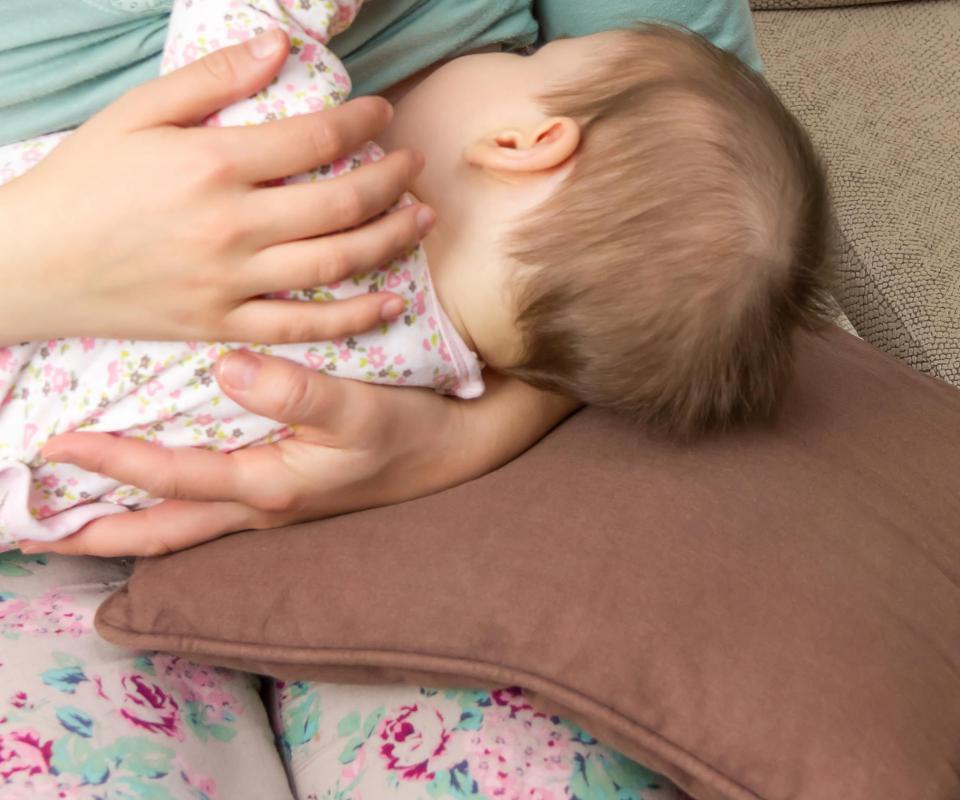At WiseGEEK, we're committed to delivering accurate, trustworthy information. Our expert-authored content is rigorously fact-checked and sourced from credible authorities. Discover how we uphold the highest standards in providing you with reliable knowledge.
What is Postpartum Swelling?
Postpartum swelling, or edema, occurs because a woman's body has retained fluids during her pregnancy. A number of factors can cause swelling, including consuming too much sodium during pregnancy, hot weather, and being overly active. A woman can also suffer from postpartum swelling as a result of intravenous fluids she received during the delivery. In many cases, postpartum swelling occurs in the ankles and fingers. Some women may have swollen breasts as well. Usually postpartum swelling clears up on its own.
Postpartum swelling in the ankles or fingers can be treated by holding the feet and hands in an elevated position. A new mother can rest with her feet propped up for at least half an hour in an attempt to reduce the swelling. The feet need to be held above the level of the heart.

After birth, a new mother's body will also attempt to rid itself of the excess fluid. The kidneys do their best to rid the body of fluid, so a new mother may need to urinate frequently. Excess fluid can leave the body through the pores too, so women may find that they sweat a lot after birth.
Women usually also experience swollen breasts after birth. The swelling can be from excess milk or a result of edema. Postpartum edema in the breasts can block a woman's milk production so that she doesn't make enough to feed her baby. Massaging the breasts while feeding or pumping can help lessen the edema as it forces milk out.

To reduce the swelling and force milk out, a woman with edema can apply cold, such as an ice pack, to the breast for 20 minutes before pumping or feeding. She can also try a heat pad to reduce swelling and release milk. A heat pad should be applied for no more than five minutes.
A compression bra may be a good option to reduce swelling for a woman who does not plan on breastfeeding. The compression will reduce edema and convince the body to stop producing milk. Women with edema in the legs and ankles may wish to wear compression stockings as well.

In some cases, postpartum swelling can be a sign of a more serious problem, such as high blood pressure or deep vein thrombosis. If the swelling does not go away within a week, a woman should call her doctor. Swelling accompanied by pain in the legs or head can also point to a serious health problem.
AS FEATURED ON:
AS FEATURED ON:

















Discussion Comments
@KoiwiGal - Honestly, I think most women are happy to go home. A lot of women don't even go into the hospital to give birth these days, as they want to be in surroundings that give them comfort and a woman in good health doesn't have too much to worry about.
Conditions like swelling after pregnancy are just normal things that happen to many women and can be easily treated with a bit of attention to detail as it says in the article.
The only thing I would add is that women should take care not to stop drinking plenty of fluids. The swelling is a buildup of fluids, but drinking water or tea can help to flush them out.
@browncoat - I think people get that impression because hospitals don't keep women and babies in after the birth any longer. It's not that they don't feel the needs for any long term monitoring of postpartum symptoms, it's that they simply don't have room for patients who might not have anything wrong with them.
But, I do wonder if a mandatory overnight stay would reduce the incidence of serious postpartum complications, for both mother and baby.
I think it's quite important to be gentle with yourself after you give birth, no matter how it was done. Whether you had a C-section or a natural birth, your body is going to be somewhat traumatized by the changes it just went through.
I think people have been getting the impression that birth isn't that big of a deal and that women should just be able to go about their business in a normal way a few days later.
But swelling is one of the minor symptoms that could happen and it's bad enough.
Post your comments